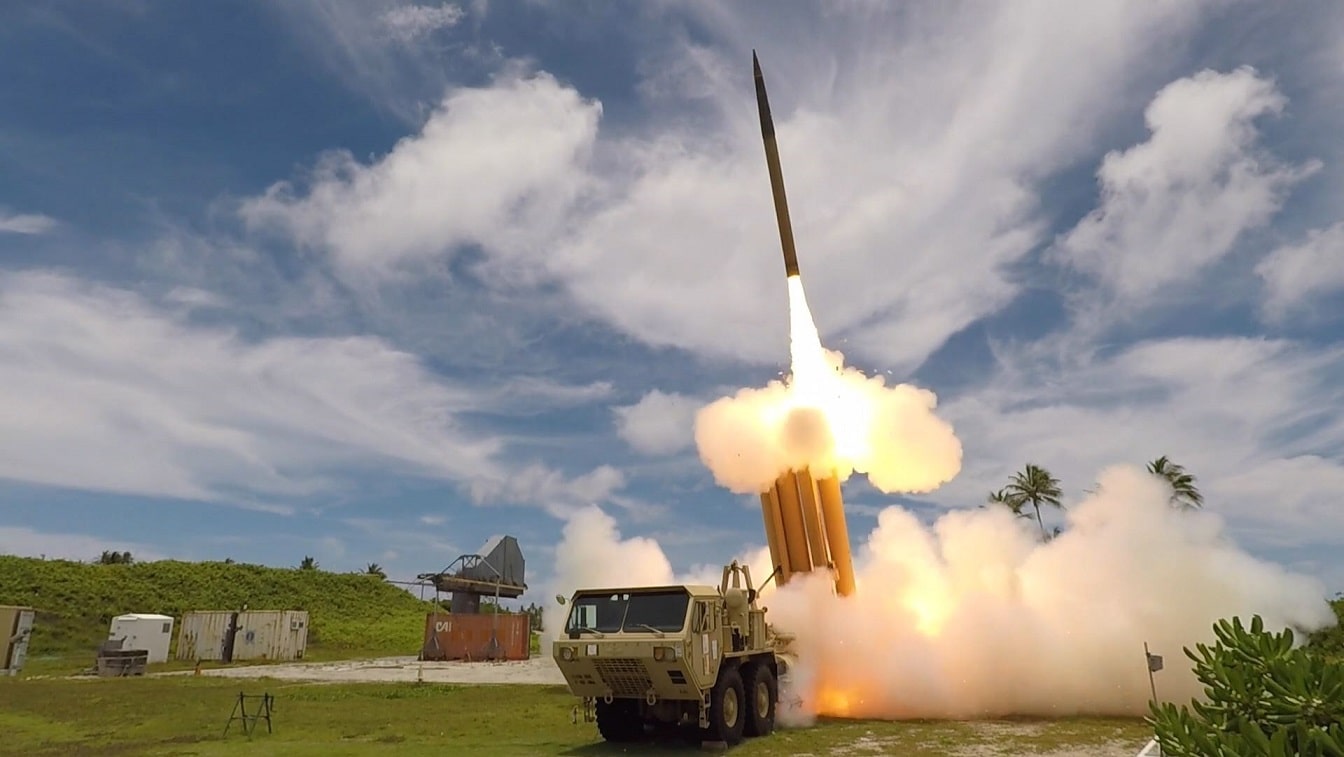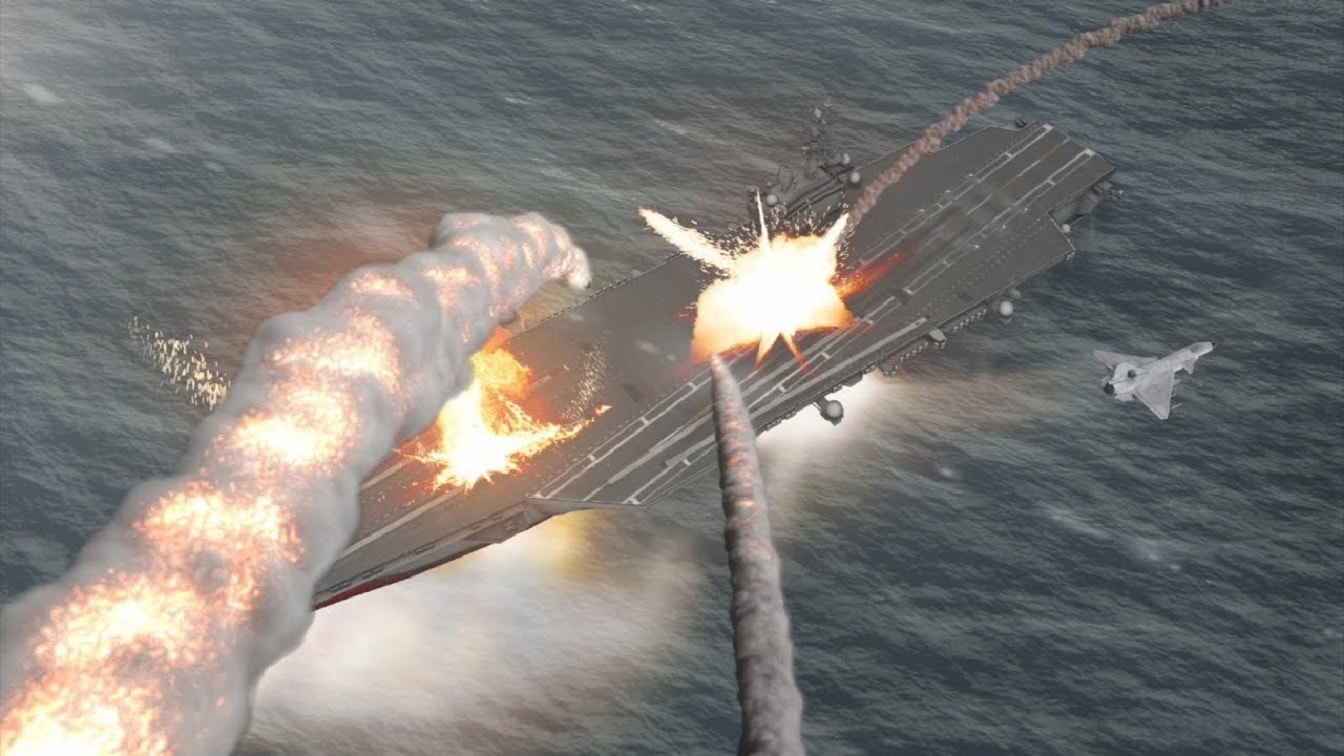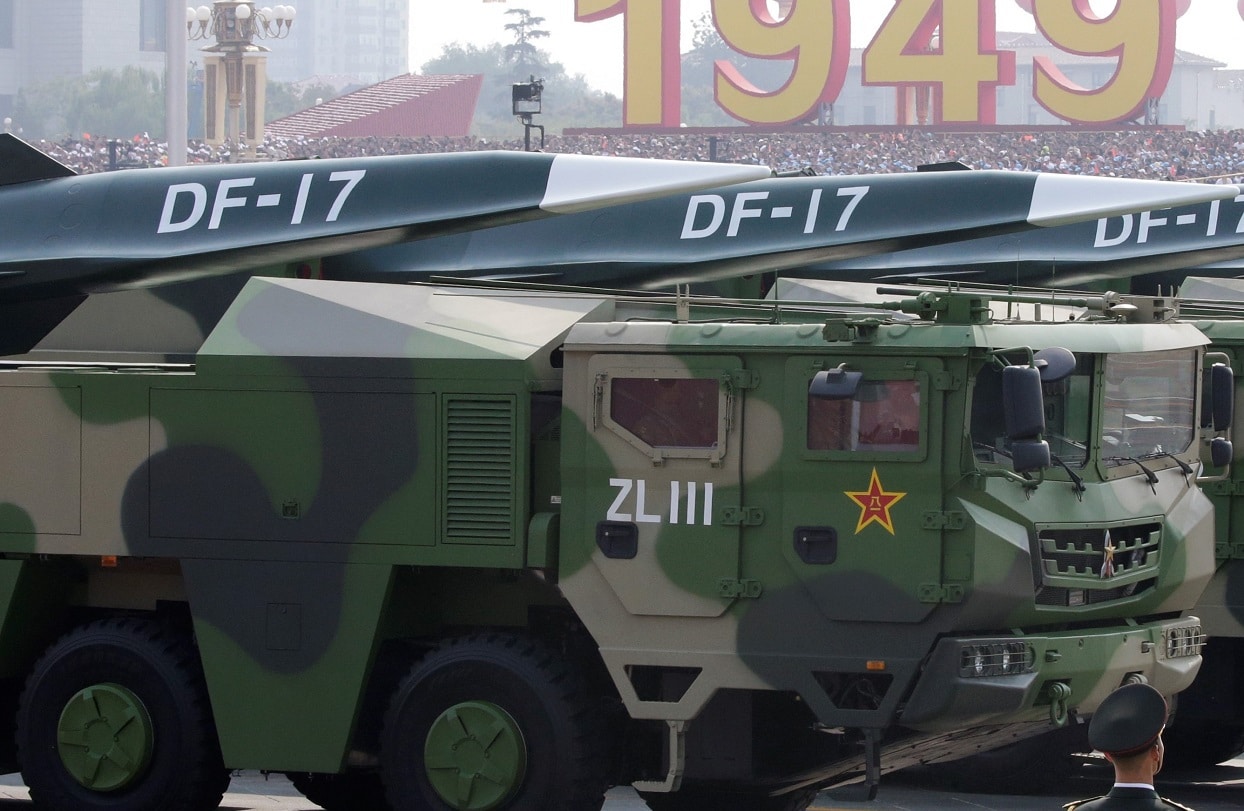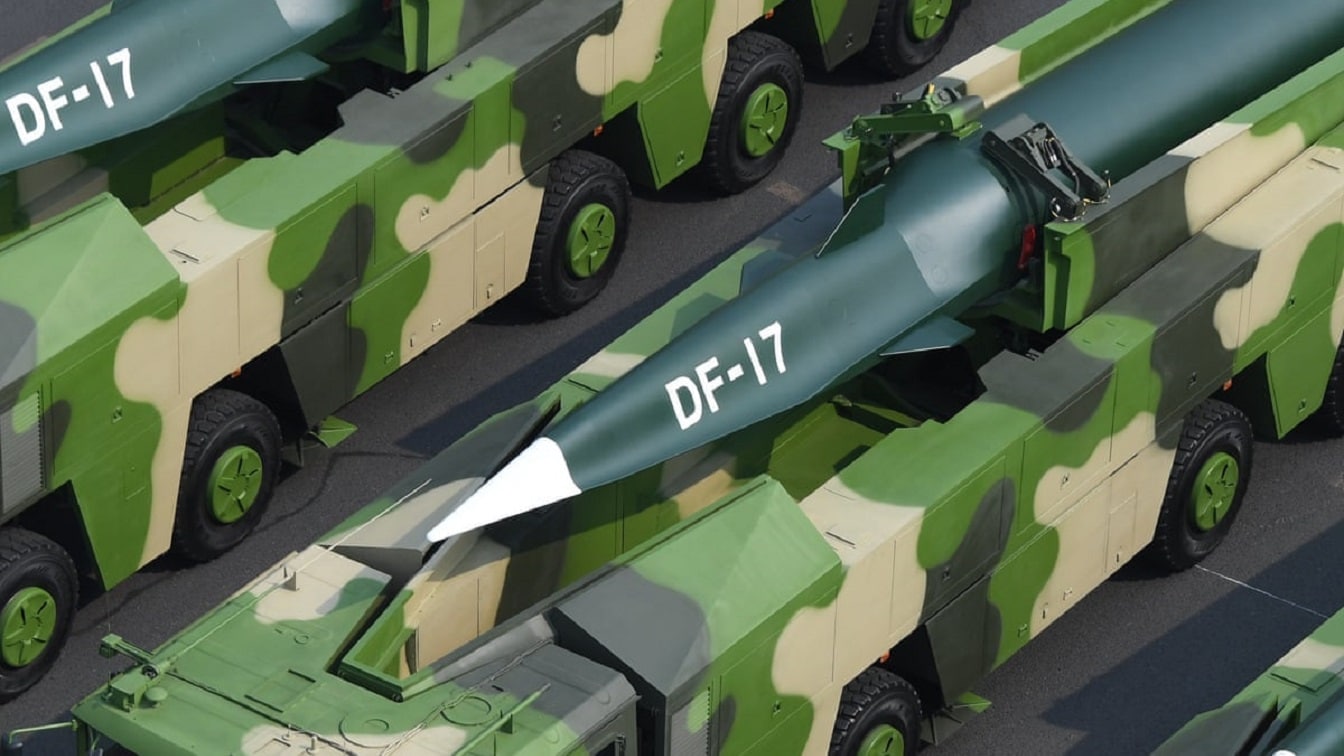Key Points: China could potentially launch a “modern-day Pearl Harbor” by targeting key U.S. bases in East Asia—Guam, Okinawa, and South Korea—with a barrage of ballistic and hypersonic missiles.
-With an arsenal of up to 3,500 missiles, China could overwhelm U.S. missile defenses, such as THAAD and Aegis systems, on Day One.
-Guam’s Andersen AFB, Okinawa’s Kadena Air Base, and South Korea’s Camp Humphreys house critical American forces, but their stationary nature makes them vulnerable.
-Agile Combat Employment and enhanced missile defenses are critical, yet a surprise attack could cause devastating personnel and material losses before the U.S. can retaliate effectively.
Could China Launch a ‘Modern-Day Pearl Harbor’ on U.S. Bases in East Asia?
Could there ever be a modern-day “Pearl Harbor” attack from China in which the Middle Kingdom launched a devastating missile attack – yes, including what would almost certainly be hypersonic missile swarms – at U.S. military bases in East Asia
China certainly has the means and wherewithal to do it – hundreds of cruise and ballistic missiles could easily hit American military installations in the region. The three main targets would be Guam, Japan, and South Korea putting tens of thousands of U.S. personnel at risk.
Thousands of Chinese Missiles Towards Guam, Japan, and South Korea
China has anywhere between 2,800 to 3,500 short-range, medium-range, intermediate-range, and intercontinental ballistic missiles. American targets in Guam, Japan, and South Korea could be destroyed with this arsenal.
The Day One war scenario is when China could fire a deadly salvo of hundreds of ballistic missiles to overwhelm U.S. missile defense system.
Short-range ballistic missiles could hit South Korea, while medium-range ballistic missiles could threaten Japan and intermediate-range ballistic missiles could destroy targets in Guam.

THAAD Missile Defense Battery Firing. Image Credit: Lockheed Martin.
Three Critical Military Installations
The three U.S. bases that China would likely have in its sights on for a Day One attack would be Andersen Air Force Base in Guam, Camp Humphreys in South Korea, and Kadena Air Base in Okinawa, Japan. These three are critical to U.S. military strategy in the Indo-Pacific and their destruction would hobble American efforts to prevent the Chinese from inflicting other serious damage to American forces.
Guam Is in the Crosshairs
The long-range DF-27 hypersonic missile could reach Guam. More than 8,000 U.S. military personnel and their families live on Andersen Air Force Base there. B-1, B-2, and B-52 strategic bombers can fly out of Andersen. Guam is threatened by the DF-26 “Guam Express” or “Guam Killer” ballistic missile.
South Korea Is in Range
Camp Humphreys in South Korea is 60 miles south of the DMZ. The installation has dozens of U.S. military units including those that fall under the Second Infantry Division. There are also special operations forces and Marines. Camp Humphreys is huge and is home to around 40,000 U.S. military personnel. Humphreys is threatened by China’s short-range ballistic missiles such as the CSS-6, CSS-7, and the CSS-11.

YouTube Screenshot of a Simulation of China Firing a DF-21 ASBM.
Look Out Okinawa
Kadena Air Base in Okinawa is located only 400 miles off the coast of China. Over 20,000 Americans live and serve on the base in some capacity. Kadena has 48 F-15 C/D Eagles at Kadena. These will be swapped out for the much improved F-15EXs beginning this year. There are also numerous support aircraft on the base such as tankers and airborne command and control models. Kadena can be hit by the CSS-5, DF-17, and CJ-10.
Chinese missiles would be difficult to strike before they attack these bases. Many of them are on road-mobile systems, in hardened silos, or in caves.
How Count the Americans Defend Against a Missile Attack?
The United States has extensive missile defense systems in the region including Terminal High Altitude Area Defense batteries in South Korea and Guam. There are also ballistic-missile interceptors such as the SM-3 Block IIA as part of the Aegis Ballistic Missile Defense System on naval ships to protect Okinawa. The land-based Aegis defense system is not yet deployed in Guam.
But would that be enough to stop an overwhelming attack on Day One? There are just not enough interceptors to destroy the hundreds of Chinese missiles that would stream in toward these three American bases. North Korea can also target Camp Humphreys in a coordinated attack should the DPRK and China gang up on the Americans in South Korea.
Modern Pearl Harbor
Guam is also in reach. “Should a war with China break out, conventional thinking is that China would launch a large salvo of cruise and ballistic missiles at Guam to destroy military bases there that are key to U.S. military operations throughout the Pacific,” Robert Peters, a research fellow on nuclear deterrence and missile defense for the Heritage Foundation, wrote. He added that an attack would be a “modern Pearl Harbor” that could erode the level of power projection and crimp logistics.

Chinese J-10 fighter. Image Credit: Creative Commons.
Bases are obviously stationary and unable to move away from attack. The missile defense system would work overtime and likely run out of intercepting missiles. Aircraft would have to be scrambled ahead of time to attempt to take out the missiles as they stream in.
A Pearl Harbor-type of attack could surprise the U.S. air bases before they could launch fighters.
The United States Could Fight Back on Day Two
On Day Two of a shooting war with China, the United States could go after Chinese missile launchers with F-35s, stealth B-2 bombers, and cruise and ballistic missiles from American submarines. Still, the personnel and material losses on Day One would be devastating.
Agile Combat Employment
American battle planners are looking for ways to disperse airplanes to have them land and even take off on roads and highways in the event that runways on the air bases are destroyed. This concept is called “Agile Combat Employment,” but it may not be enough to save the soft targets such as personnel who would be at risk from a Chinese Pearl Harbor-like sneak attack.

Image of DF-17 missile. Image: Creative Commons.
Thus, the United States must do better than that to protect its installations in East Asia. It appears the Chinese have the upper hand. The United States must develop missile defense systems that can protect against a vast missile attack from China or find other plans to intercept enemy missiles as they stream in. It wouldn’t be easy to stop another modern-day Pearl Harbor.
About the Author: Dr. Brent M. Eastwood
Brent M. Eastwood, PhD, is the author of Don’t Turn Your Back On the World: a Conservative Foreign Policy and Humans, Machines, and Data: Future Trends in Warfare, plus two other books. Brent was the founder and CEO of a tech firm that predicted world events using artificial intelligence. He served as a legislative fellow for U.S. Senator Tim Scott and advised the senator on defense and foreign policy issues. He has taught at American University, George Washington University, and George Mason University. Brent is a former U.S. Army Infantry officer. He can be followed on X @BMEastwood.

